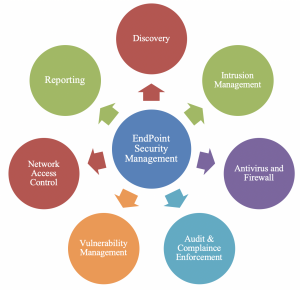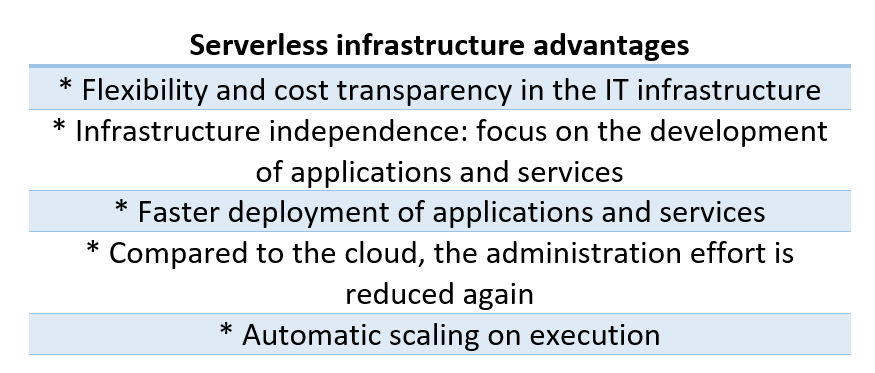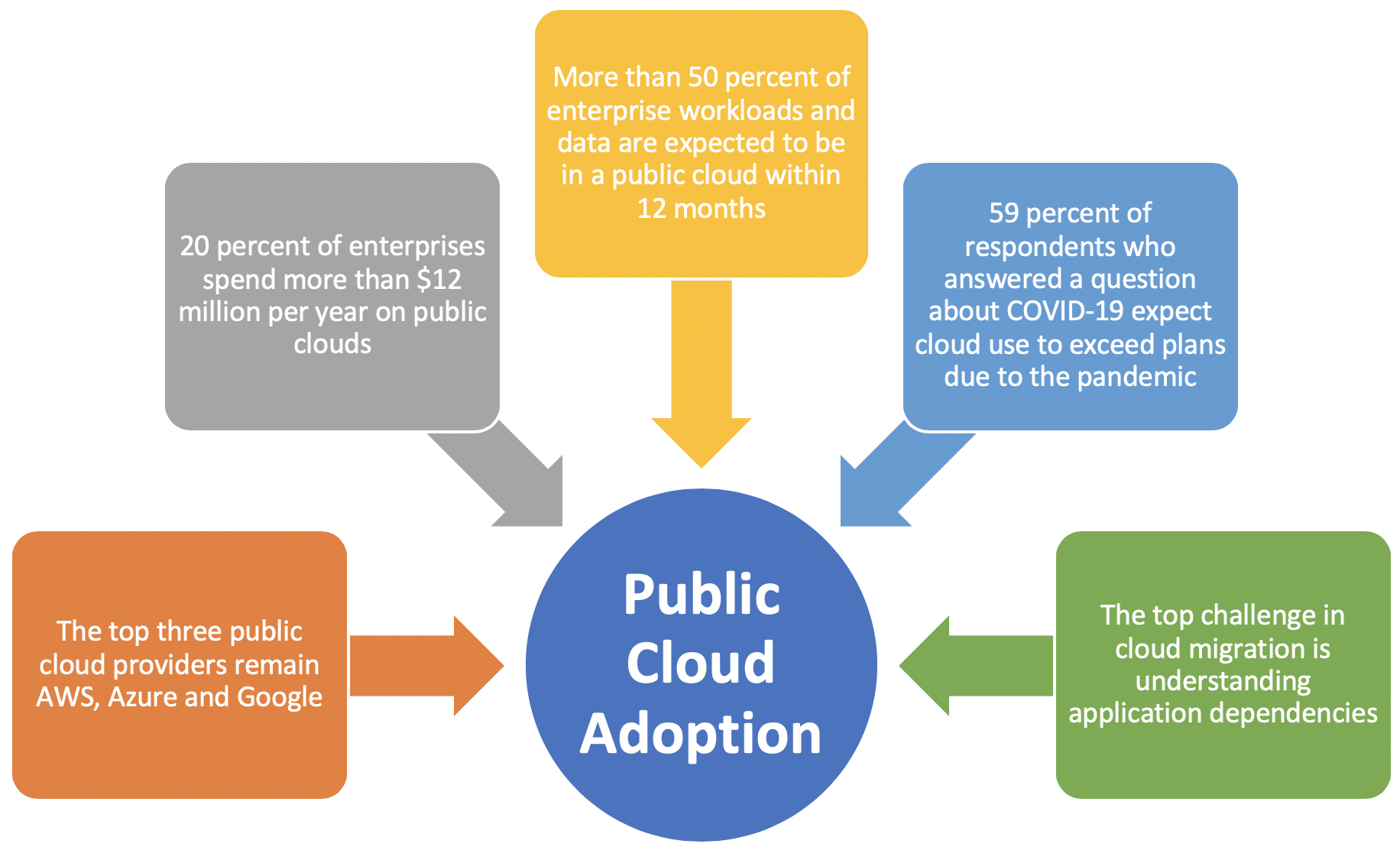Endpoint Management Solution in Cloud: Simplifying IT Operations
In today’s fast-paced digital landscape, technology is evolving at an unprecedented pace. As businesses rely more and more on digital infrastructure, managing endpoints – such as desktops, laptops, mobile devices, and servers – becomes a daunting task for IT teams. Note that it’s a critical aspect of ensuring seamless business operations. More and more organizations are transitioning to cloud-based solutions for endpoint management. This shift not only offers enhanced flexibility and scalability but also streamlines IT operations for businesses of all sizes. Let’s explore their benefits, key features, and why they have become a necessity for modern businesses.
What is an Endpoint Management Solution?
An Endpoint Management Solution is a comprehensive software solution designed to centralize and streamline the management of all endpoints within an organization’s network. It empowers IT teams to efficiently monitor, control, secure, and update various devices from a single dashboard. Traditional endpoint management approaches often required on-premises infrastructure, which could be complex, costly, and inflexible. However, the emergence of cloud technology has revolutionized this field, providing organizations with a more streamlined and efficient way to manage their endpoints.
They also play a vital role in enforcing security policies across all devices. These solutions enable administrators to set up access controls for sensitive data or applications based on user roles or groups. Additionally, they ensure that all endpoints have up-to-date antivirus definitions and firewalls activated to prevent potential threats from infiltrating the network.

Key Benefits of Cloud-Based Endpoint Management Solutions
Cloud-based endpoint management solutions bring a plethora of advantages to the table. These solutions leverage the power of cloud computing to centralize management tasks, automate routine processes, and provide real-time visibility into the entire network of devices. This results in improved security, simplified troubleshooting, and reduced operational overhead.
- Enhanced Flexibility and Scalability: Cloud-based solutions offer unparalleled flexibility and scalability. Organizations can effortlessly scale their endpoint management infrastructure up or down based on their needs, without the need for significant hardware investments. This agility allows businesses to adapt to changes quickly, ensuring their IT operations remain efficient even as they grow.
- Simplified Deployment and Updates: Traditional endpoint management often involved lengthy deployment processes and manual updates. Cloud-based solutions simplify this by enabling remote deployment and seamless updates across all devices. This ensures that the latest security patches and software updates are applied consistently, reducing vulnerabilities and enhancing overall network security.
- Centralized Management and Automation: Cloud-based endpoint management centralizes control, allowing IT administrators to manage and monitor all devices from a single dashboard. Automation features further enhance this process by automating routine tasks such as software installations, configuration changes, and security updates. This not only saves time but also reduces the risk of human errors.
- Real-time Monitoring and Security: One of the cornerstones of effective endpoint management is real-time monitoring and security. Cloud-based solutions offer continuous monitoring of devices, detecting and mitigating potential threats promptly. This proactive approach helps prevent security breaches and ensures compliance with industry regulations.
- Cost Efficiency: Cloud-based solutions eliminate the need for extensive on-premises hardware, reducing capital expenditures. Instead, businesses pay for the resources they use on a subscription basis. This cost-efficient model makes endpoint management accessible to organizations of all sizes, leveling the playing field and allowing even small businesses to benefit from advanced IT management capabilities.
How can an Endpoint Management Solution help simplify IT operations?
Cloud-based endpoint management solutions have emerged as a game-changer for businesses seeking efficient IT operations. An Endpoint Management Solution continuously simplifies IT operations by providing a centralized platform for managing and securing all endpoints within an organization. With benefits ranging from enhanced flexibility and scalability to centralized management and improved security, these solutions empower organizations to navigate the complexities of endpoint management seamlessly.
It’s also helping streamline the deployment and configuration of software applications across all endpoints. Administrators can remotely install or update software on multiple devices simultaneously, saving time and effort. A comprehensive monitoring capability is enabling administrators to track the health and performance of endpoints in real time. This allows them to identify issues proactively before they escalate into major problems that could disrupt business operations.
Furthermore, these solutions also provide remote troubleshooting capabilities which reduce the need for physical intervention on each device. Administrators can remotely diagnose and resolve issues without disrupting end-users productivity. Moreover, an Endpoint Management Solution facilitates patch management by automating the process of deploying patches across all endpoints in a timely manner. This helps organizations stay protected against vulnerabilities and ensures software compliance.
With features like inventory management and asset tracking, administrators have full visibility into their endpoint landscape which makes it easier to manage hardware assets efficiently. In conclusion, an Endpoint Management Solution simplifies IT operations by centralizing control over endpoint devices through efficient software deployment & configuration processes along with proactive monitoring & troubleshooting capabilities.



